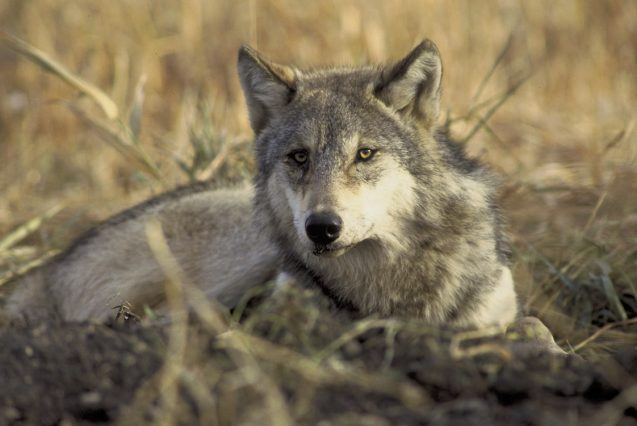
Table of Contents
- Introduction: When Nature Cries for Help
- Why Wildlife Needs a Digital Shield
- Eye in the Sky: Drones and Aerial Surveillance
- Invisible Guardians: Camera Traps and AI
- DNA to the Rescue: Biotechnology and Wildlife
- Tracking for Survival: GPS Collars and Satellites
- Data-Driven Conservation: Big Data and Predictive Analytics
- Real Stories, Real Impact
- The Road Ahead: Tech with Heart
- Conclusion: When Innovation Meets Compassion
1. Introduction: When Nature Cries for Help
Every year, thousands of species inch closer to extinction. Forests fall silent, skies lose their winged wanderers, and oceans lose their gentle giants. While human activity has been the cause, technology is fast becoming the cure. This is not just about gadgets—it’s about survival.
2. Why Wildlife Needs a Digital Shield
Illegal poaching, habitat destruction, and climate change have pushed many animals to the brink. Traditional conservation methods are no longer enough. Today, the fight for survival is digital. Technology is giving conservationists the tools to monitor, predict, and protect like never before.
3. Eye in the Sky: Drones and Aerial Surveillance
In remote jungles and vast savannas, drones hover silently, acting as watchful eyes. With high-definition cameras and thermal imaging, drones:
- Spot illegal poaching activities in real time
- Monitor animal movements without disturbing habitats
- Track forest fires or illegal logging early
They’re turning conservationists into aerial guardians.
4. Invisible Guardians: Camera Traps and AI
Hidden in the wild, camera traps capture raw, unfiltered moments of wildlife. But it’s artificial intelligence (AI) that gives these images meaning:
- Identifying species automatically
- Tracking population changes over time
- Flagging threats based on movement patterns
It’s like having a digital ranger that never sleeps.
5. DNA to the Rescue: Biotechnology and Wildlife
Biotech is playing an unexpected but powerful role:
- DNA testing helps trace the origins of trafficked animals
- Genetic diversity studies guide breeding programs for endangered species
- Even de-extinction science is underway—reviving lost species may no longer be fiction
Science fiction is becoming conservation science.
6. Tracking for Survival: GPS Collars and Satellites
Wild animals don’t need passports, but they do need tracking. GPS collars, satellite tags, and RFID chips are offering unprecedented insights:
- Migration patterns
- Breeding and feeding behavior
- Threats along their paths
This helps conservation teams plan and protect across borders.
7. Data-Driven Conservation: Big Data and Predictive Analytics
The power of data isn’t in its collection—but in what it reveals:
- Predicting poaching hotspots using crime patterns
- Identifying climate risks to habitats
- Optimizing patrol routes to cover more ground with fewer resources
Big data is becoming big defense for wildlife.
8. Real Stories, Real Impact
In Kenya, drones have reduced rhino poaching by 96%.
In India, AI-powered camera traps helped identify a rare snow leopard in Ladakh.
In Brazil, satellite images alerted rangers to illegal deforestation before it could affect jaguar habitats.
These aren’t theories—they’re transformations.
9. The Road Ahead: Tech with Heart
Technology is not a magic bullet, but it is a powerful tool—when used with care and collaboration. Tech must walk hand-in-hand with local communities, traditional knowledge, and ethical practices.
The future of wildlife protection lies at the intersection of innovation and empathy.
10. Conclusion: When Innovation Meets Compassion
Nature doesn’t need saving—it needs allies. And technology, when wielded wisely, can be the strongest ally of all. From the depths of oceans to the peaks of forests, we are seeing a quiet revolution. One where every byte, pixel, and signal can mean the difference between extinction and existence.
